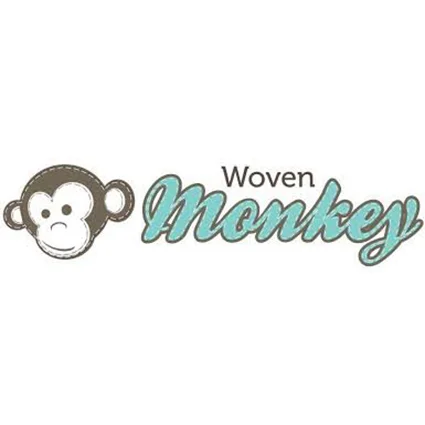CUSTOMISATION IS THE NEW NORMAL AND THIS DEMANDS A NEW GENERATION OF SMART TECHNOLOGIES
“For example, the HP Latex series can print onto a variety of substrates, paper and approved textiles, which allows the PSP to extend their services into different sectors of the marketplace. Using just one machine that can service Events, Interiors, Wallcoverings and Textiles offers commercial diversity”.
Digital technologies have transformed the landscape of print. In doing so, they have also opened up many new opportunities for the print sector, where speed of supply, alongside customisation is demanded.
Navigating the myriad of machinery on offer can be somewhat daunting, and so it’s important to concentrate on your own business model and its objectives in order to make the correct purchase.
As technologies have advanced, hybrid production in now also available.
For example, the HP Latex series can print onto a variety of substrates, paper and approved textiles, which allows the PSP to extend their services into different sectors of the marketplace. Using just one machine that can service Events, Interiors, Wallcoverings and Textiles offers commercial diversity.
The Interiors sector provides a vibrant market for customised products.
These can be B2C or B2B, and as a dense sector there are many existing and new entrepreneurial print businesses adapting to service this space. Personalisation demands efficient, streamlined manufacturing because each job is manufactured as a single unit, not in volume. Therefore, it’s important that the design and print route is a simple as possible. Colour management is an important factor, and pre-press sampling needs to be kept to a minimum and automated wherever possible.
The HP Latex suite offers a number of embedded tools, both within the default software and the machine’s functionality, that reduce the time taken to run a new print job. For example; when printing wallcoverings the machine can auto detect and measure the white balance of the substrate, and inbuilt colour management software simplifies substrate profiling to enable efficient, speedy production.
The fashion and sportswear industries demand speed and design diversity.
In particular, for the sportswear market where customisation is a predominant factor, no two teams look alike, and garments have to be replaced often for events and competitions. Within the fashion sector, the need for design diversity alongside reduced inventory are driving the uptake of on-demand digital print. Collections and garments need to be refreshed, on a seemingly infinite cycle. All of which puts a strain on the conventional supply chain. It’s for this reason the we see the gradual adoption of digital technologies within the sourcing routes for fashion brands and their manufacturers.
The ability to manufacture short-run production has already proven to be a successful business model for the dye sublimation print sector.
The HP Stitch offers a new generation of print technology that will further disrupt this area of the market, with a machine built for ease of use, and as such, simplifying the textile printing process. Used alongside 3D software and garment design programs, both the fashion and sportswear marketplaces are set for some serious disruption when utilising the latest HP technologies.
The HP Stitch is built to service multiple business sectors, from established to emerging. The Stitch family (S300-64, S500-64, S1000) offers a suite of affordable machines, suitable for the entry level textile entrepreneur, independent designer or print practitioner. Its equally suited to both low and medium volume production, with speeds ranging from 60sqm to 160sqm per hour. All available by default with variable ink feed systems, both cartridge and bulk, and machine widths to address the requirements of each business sector.
The HP Stitch digital printing technology addresses the needs of four market sectors, Wide Format textiles, Interior Décor, Sportswear and Fashion.
Each of these markets have industry specific requirements and specifications, and whilst the printing technology for polyester is the same, the end-user’s requirements by marketplace are vastly different. Importantly, the fabric types and textile constructions used (although all polyester) are specific to each sector’s end use, and by way of example; the sportswear industry utilises knitted and woven fabrics that require stretch, whilst the Interior Industry uses predominantly woven fabrics, that do not stretch or shrink. The Events and Retail signage markets use polyester fabrics, and often require a duplex printed surface. Using direct to fabric printing (not paper transfer) the HP Stitch equally serves the wide format print space.
The HP Stitch digital textile printing machine is an intelligent technology suite, and one that communicates with the printer by sharing data and alerting the operator to servicing, print errors etc. This reduces the time required for attended printing. The design of the product reflects the textile markets increasing requirement for efficient production and the conservation of both valuable ink resources, materials and energy with embedded technology for print repeatability across multiple devices, colour management, fault diagnosis, remote fault reporting and analytics.
Adapting to the new normal, and the demand for customised products, requires the digitisation of the print workflow - to deliver efficient, profitable and sustainable textiles.
SPONSORED FEATURE






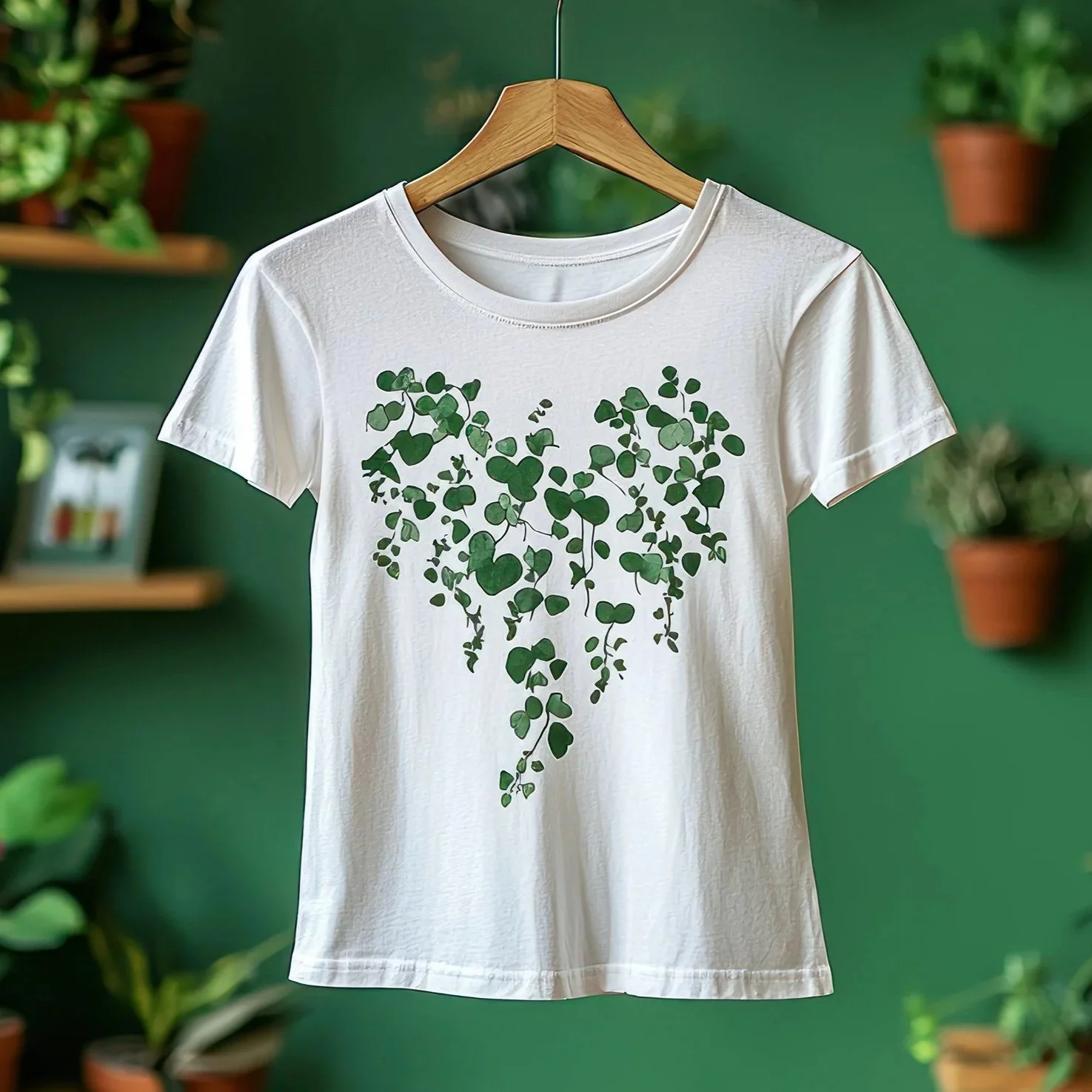



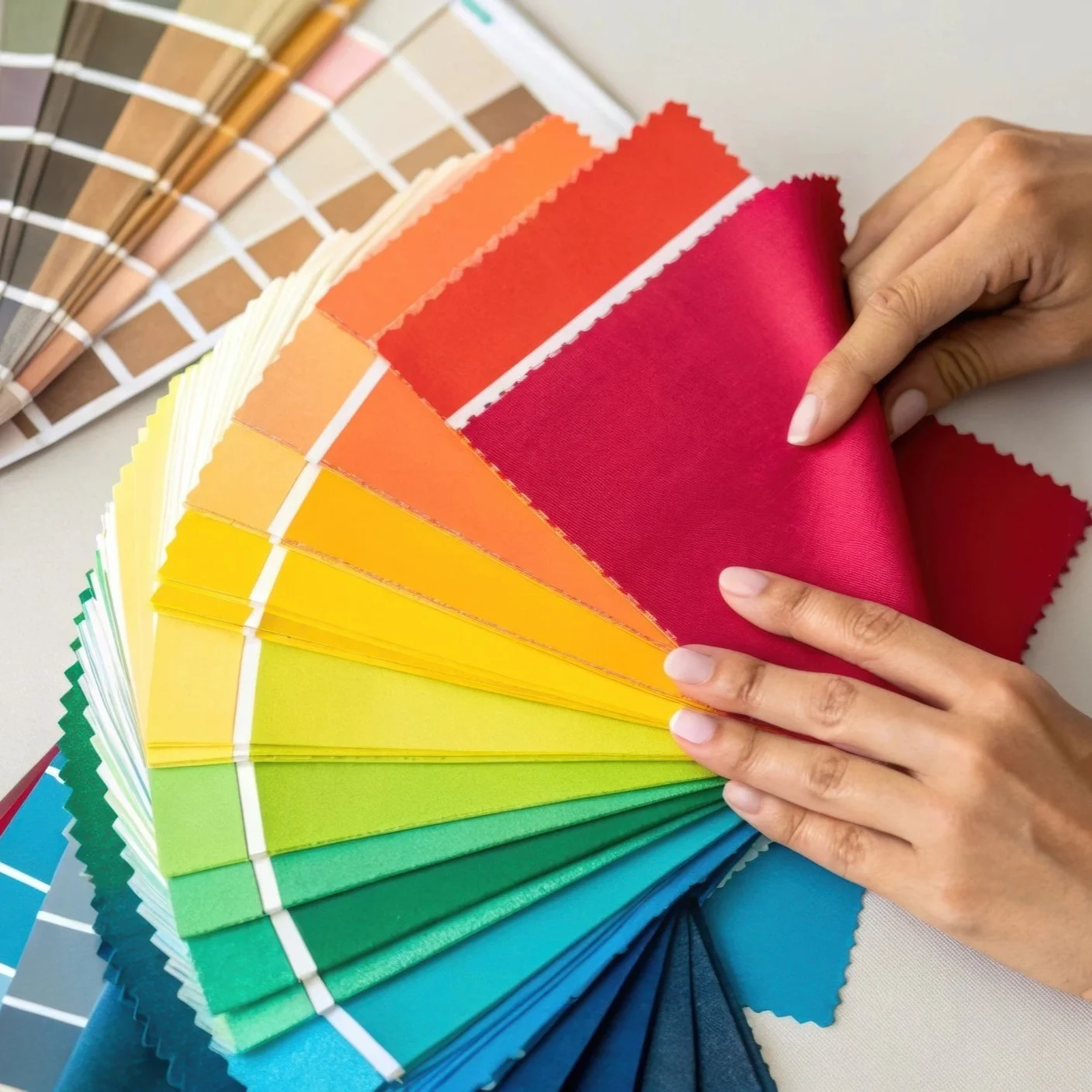


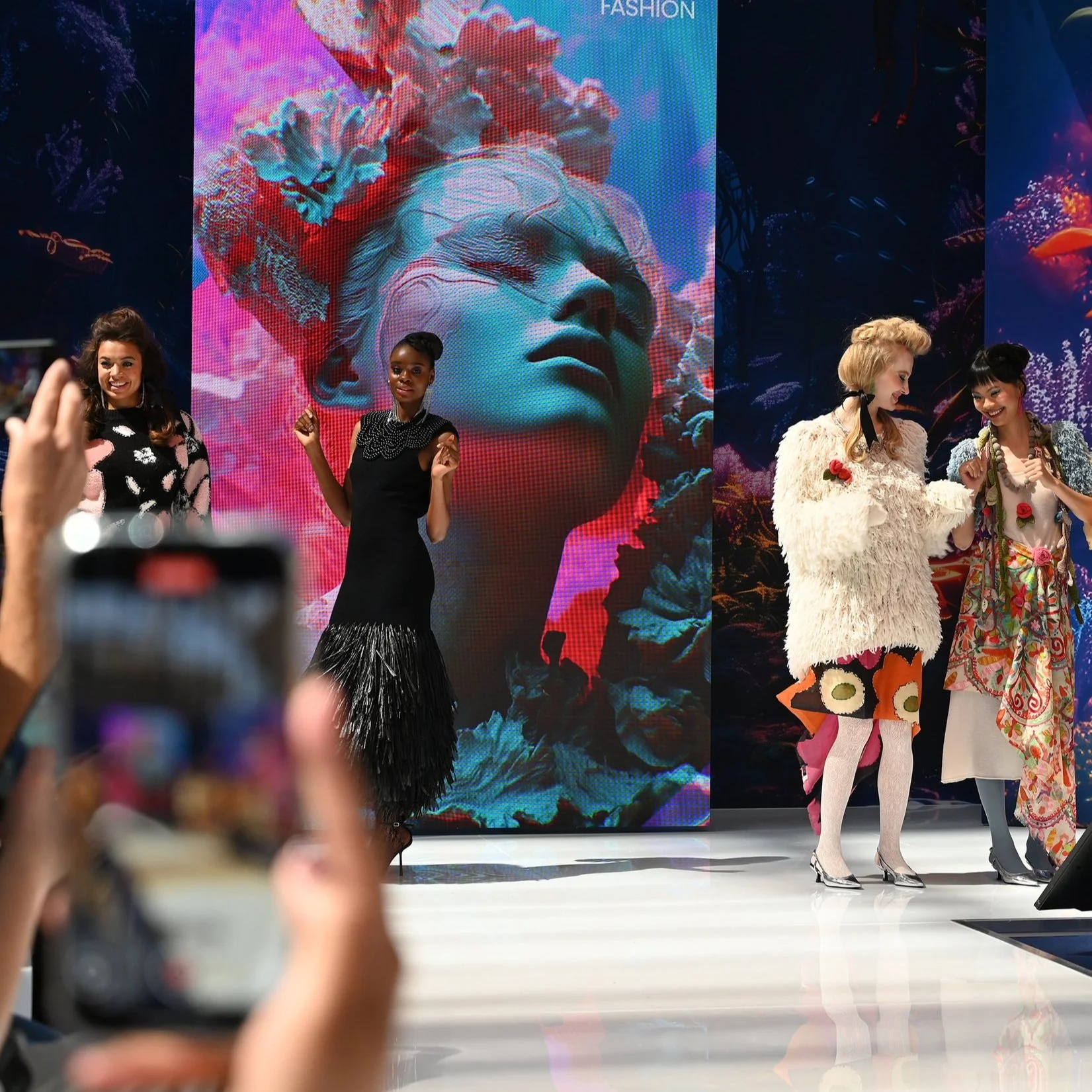

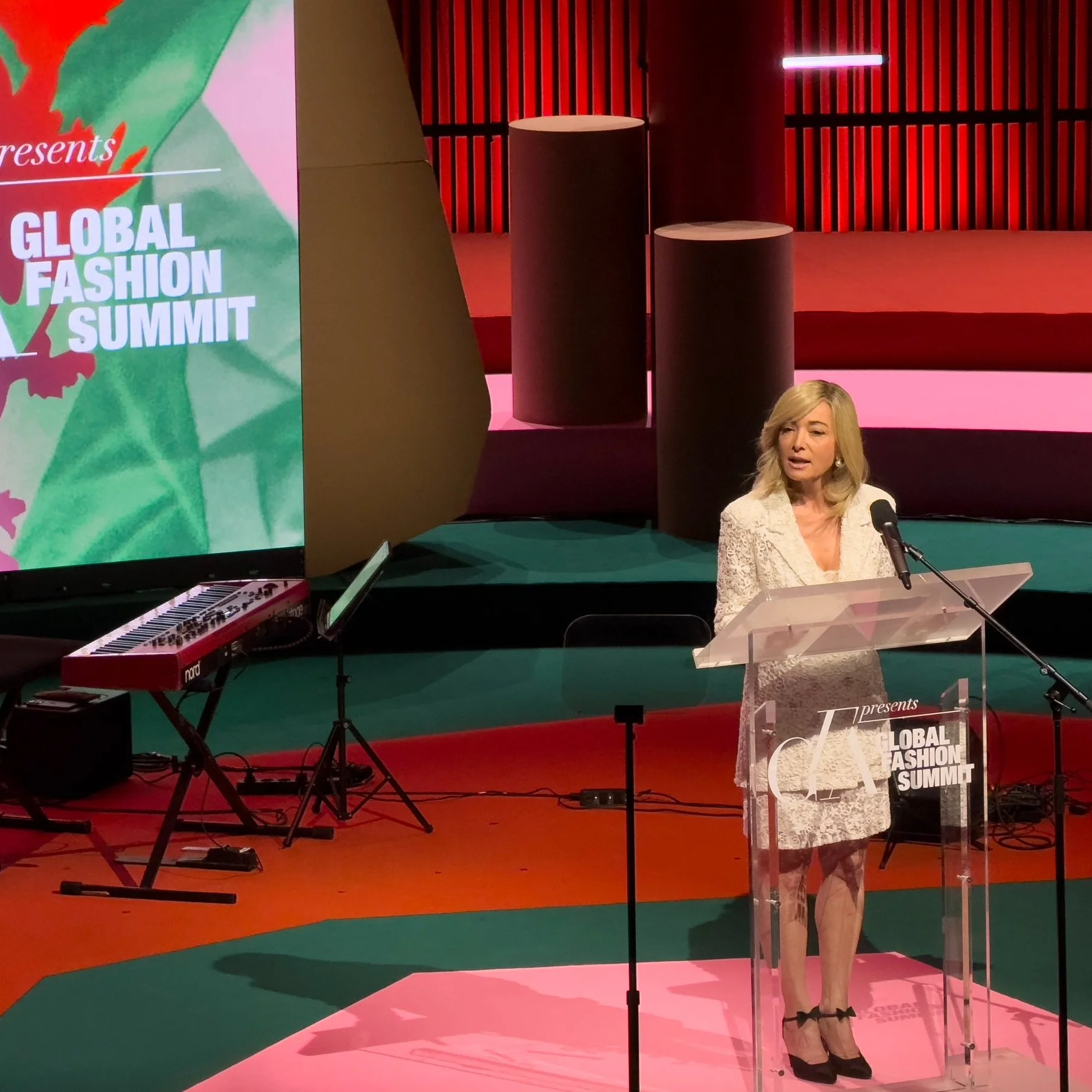

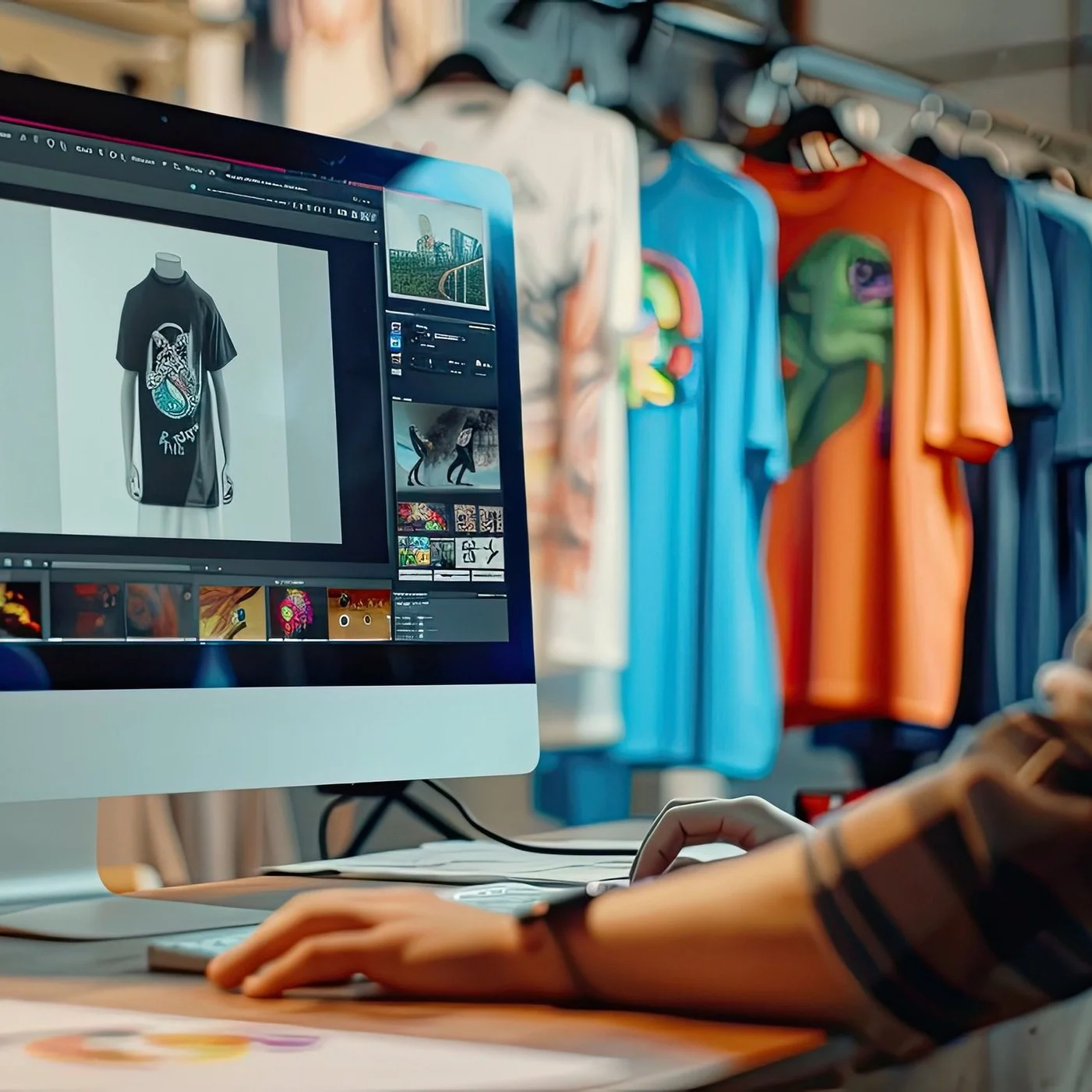

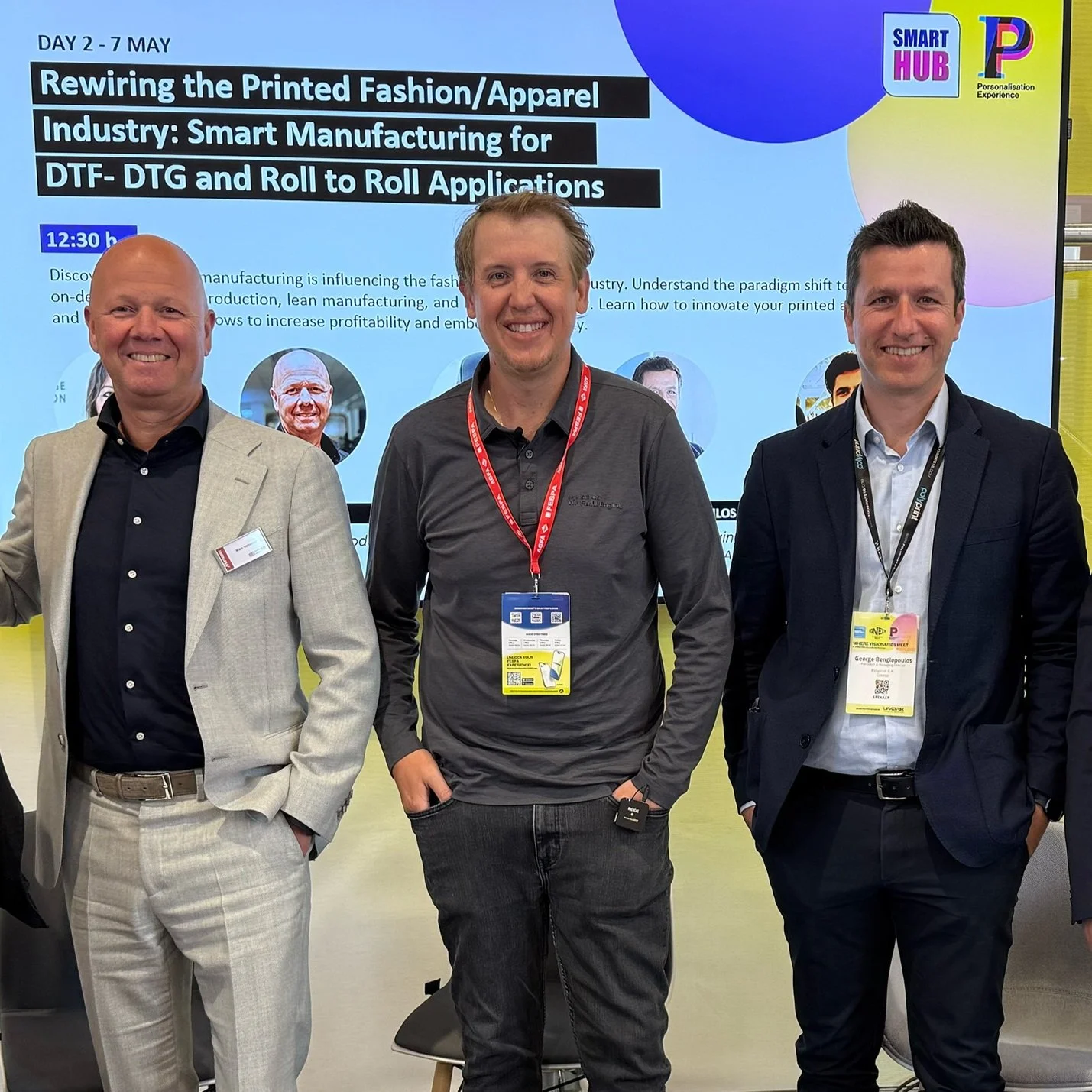





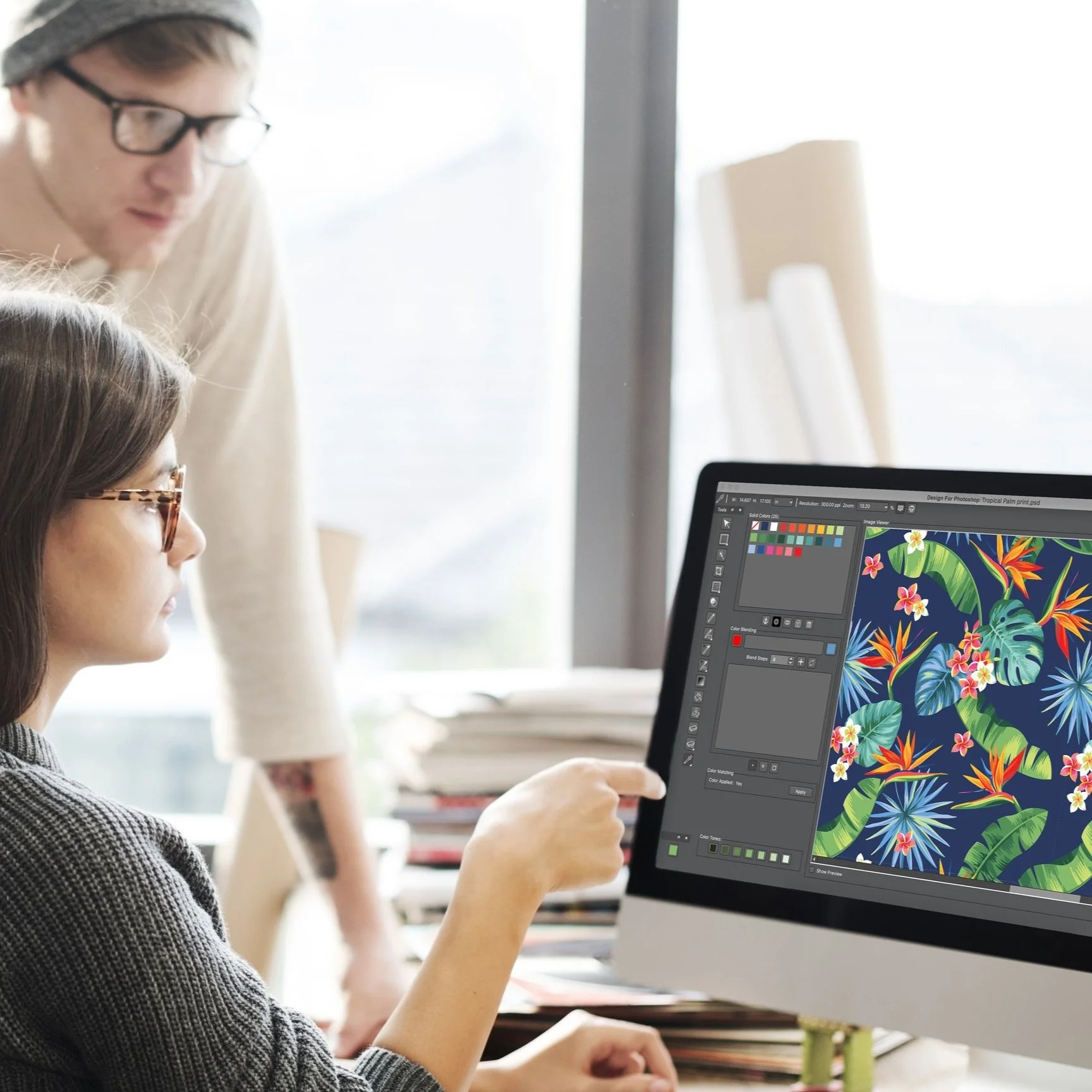






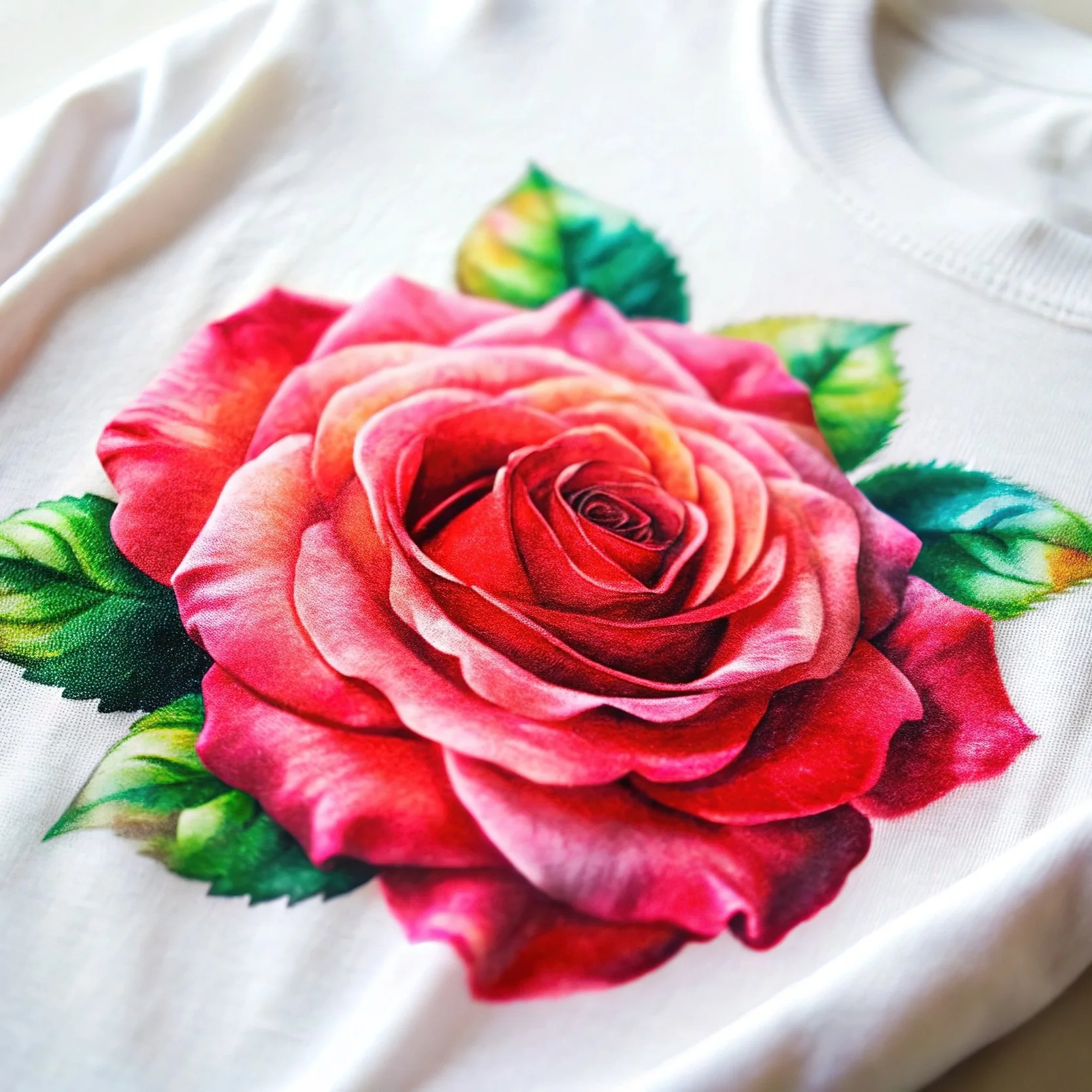


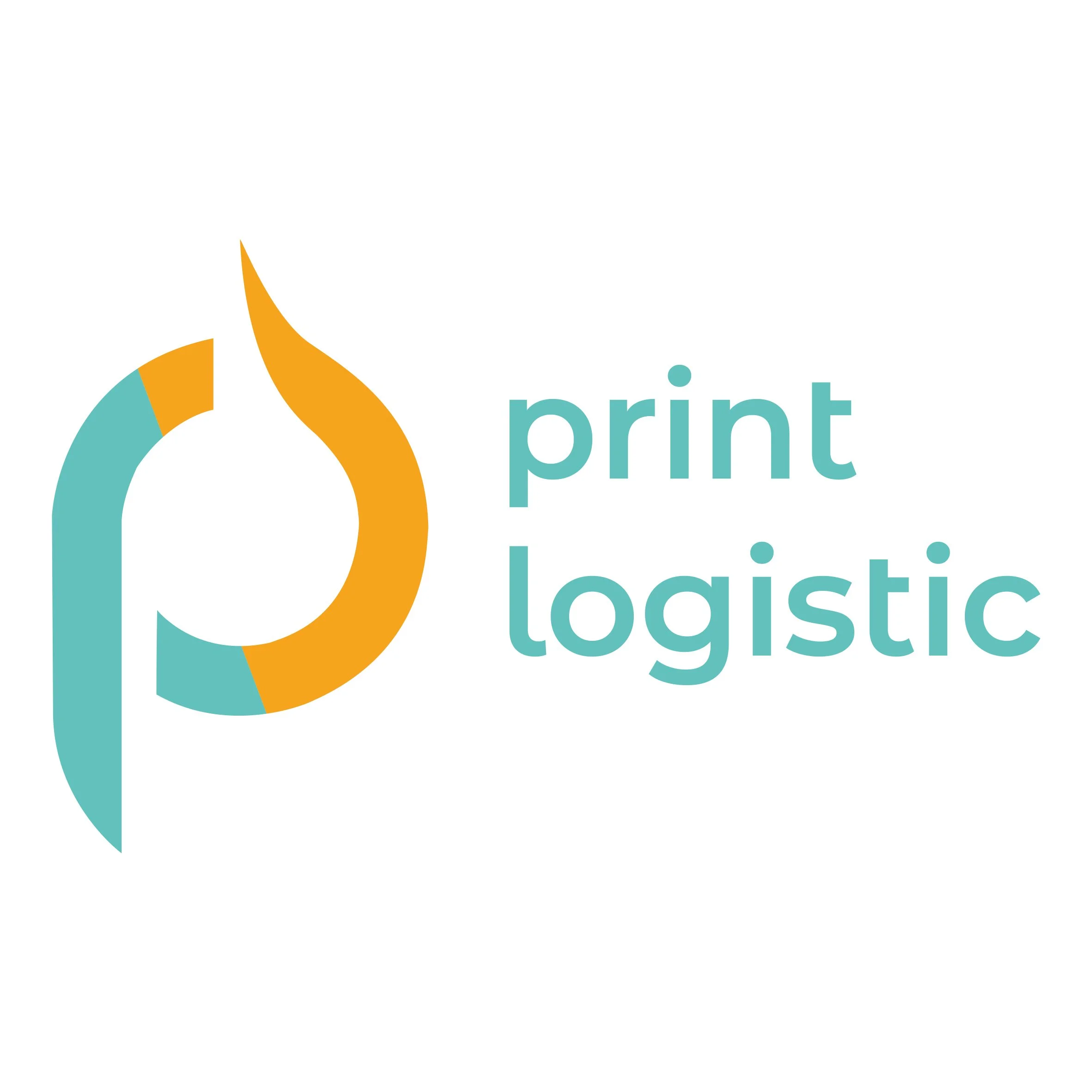







![EDMUND BELL [PRINTLAB]](https://images.squarespace-cdn.com/content/v1/5a802676b7411c2497540b80/1535628933285-QO8QXRA0U6Z52VO6DBWR/EDMUND+BELL-PRINTLAB-TEXINTEL.jpg)

